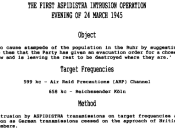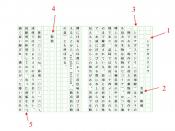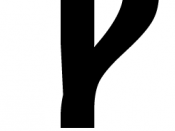The order of operations was developed years ago. Someone just decided on an order in which operations should be performed. It has nothing to do with magic or logic. Some one decided to adopt a way, and it has been followed through out history. It makes communication easier.
Punctuation marks are used in any language to make clear what we want to say. Punctuation marks are just as important in number sentences as they are in English sentences.
Without being told by a symbol or some other means, we do not know whether to do the multiplication or the addition first. To avoid the confusion of such an expression naming two different numbers, let us use parentheses to indicate which operation is to be first. When part of a number sentence is enclosed within parentheses, think of that as naming one number. It is commonly agreed that when more than one operation, or all of the operations, are indicated in the same expression, we multiply and divide first, then add and subtract going from left to right.
Just as punctuation marks are used to make sentences, the order of operations are used to make math sense. Whenever the order of operation is not indicated by grouping symbols, there is a standard order of operations to be followed. That order is Exponents, Multiplication, Division, Addition and Subtraction from left to right. In mathematics, more than in some other forms of written expression, ambiguity must be eliminated. Otherwise, different people may assign different meanings to the same symbols, and communication is faulty. Ambiguity is eliminated using grouping symbols and the order of operations rule.





